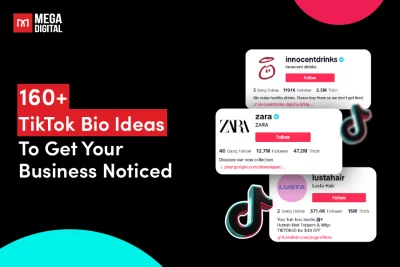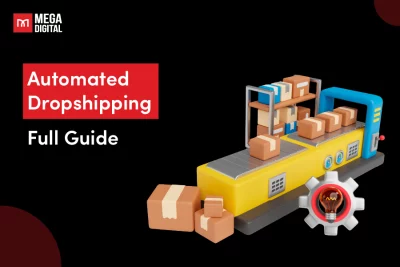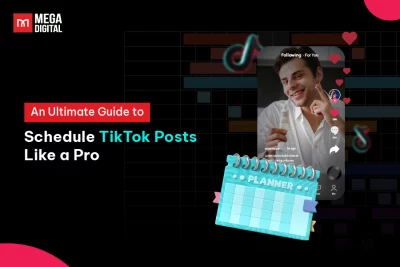Not seeing the traffic and engagement that you expected from your content? If what you offer does not align with what actual users are searching for, you are missing out on key opportunities. Therefore, this post will help you understand more about users’ search intent and how you can best optimize your content to drive more results and better rankings.
Table of Contents
What Is Search Intent?
Search intent refers to the purpose behind a search in search engines such as Google, Bing, or Yahoo. In other words, it seeks to understand why a user writes a query and what he/she wants to achieve from it.
Every user comes online having a specific goal in mind which could be gathering information about a subject, searching for a particular website, or finishing a purchase.
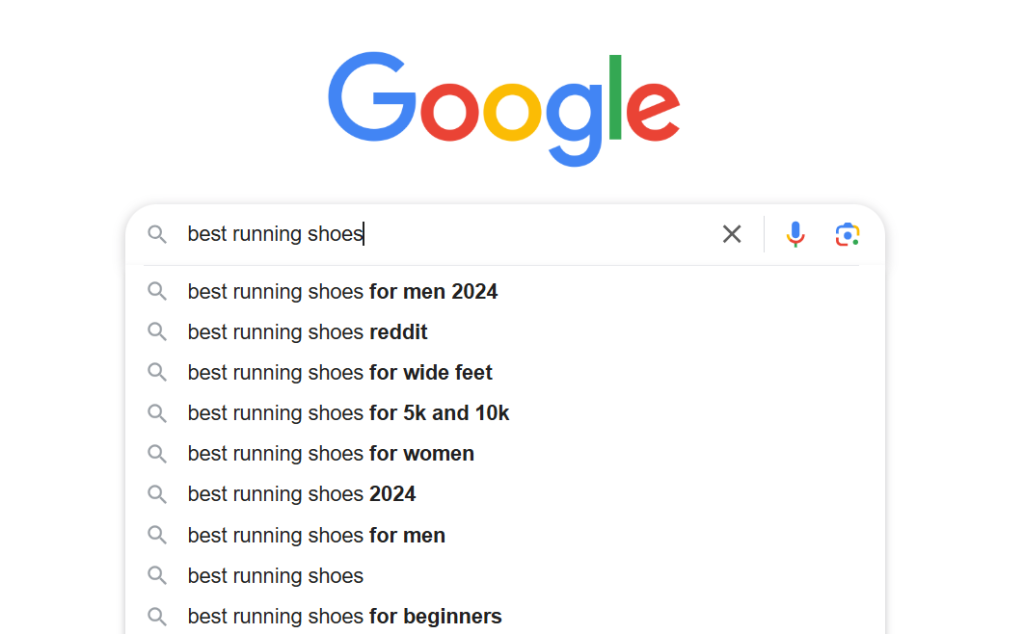
Thus, understanding search intent is important for website owners and content creators to meet user expectations. By delivering information related to what users are looking for, you will have more chances to rank high in the search results and increase visibility.
Why Is Search Intent Important?
Search intent plays a vital role in connecting your audience with the right content and improving ad performance. Here’s why understanding search intent is crucial for optimizing your PPC strategy:
1. Increase Time on Page
Search intent is crucial to keeping visitors engaged on your page. When you offer relevant information that directly addresses their question, they are less likely to browse through other websites for answers. Instead, they stay on your page and interact with your content.
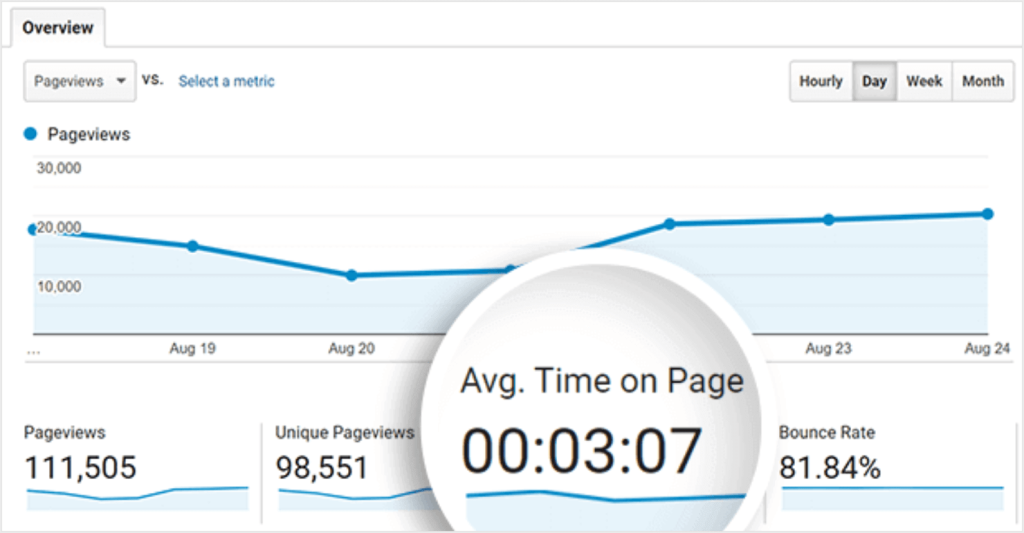
For example, if someone searches for an “easy cookie recipe” and sees a site with complicated baking techniques, they will leave quickly. However, if they find a simple recipe with clear steps and useful tips, they are likely to stay longer and read through the content.
This time on page sends a positive message to Google since Google often associates longer time on page with high-quality content. As a result, your page has a better chance of ranking higher in search results.
2. Position Yourself As An Authority
Addressing search intent helps you build your business as an expert in your industry. When you provide relevant information to users’ queries, it means you understand their needs and can answer their questions about your business, products, or industry.
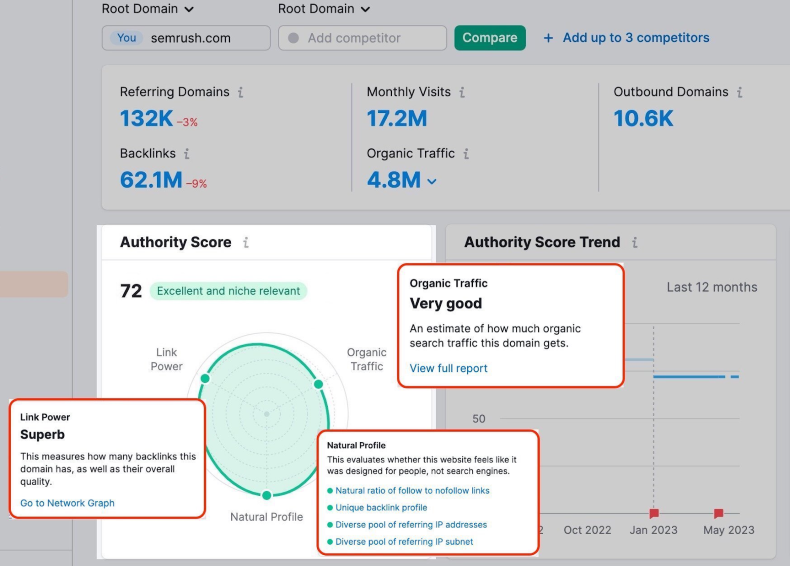
Positioning yourself as a trusted source of information encourages more people to visit your website. They will be more confident in your expertise in the industry.
For instance, if your website provides a detailed guide on selecting moisturizers and offering product recommendations, users who search for “how to choose the right moisturizer for dry skin” will see you as knowledgeable in skincare. This builds trust, and they are more likely to return to your site in the future.
3. Attract More Qualified Leads
Search intent helps you attract people who are truly interested in your products or services. Imagine your target audiences are in the consideration or purchase stage.
Thus, you could select specific phrases such as “best CRM for small businesses” instead of broad keywords like “CRM software”. This would, in turn, provide higher-value leads for your business and increase your chances of turning viewers into clients.
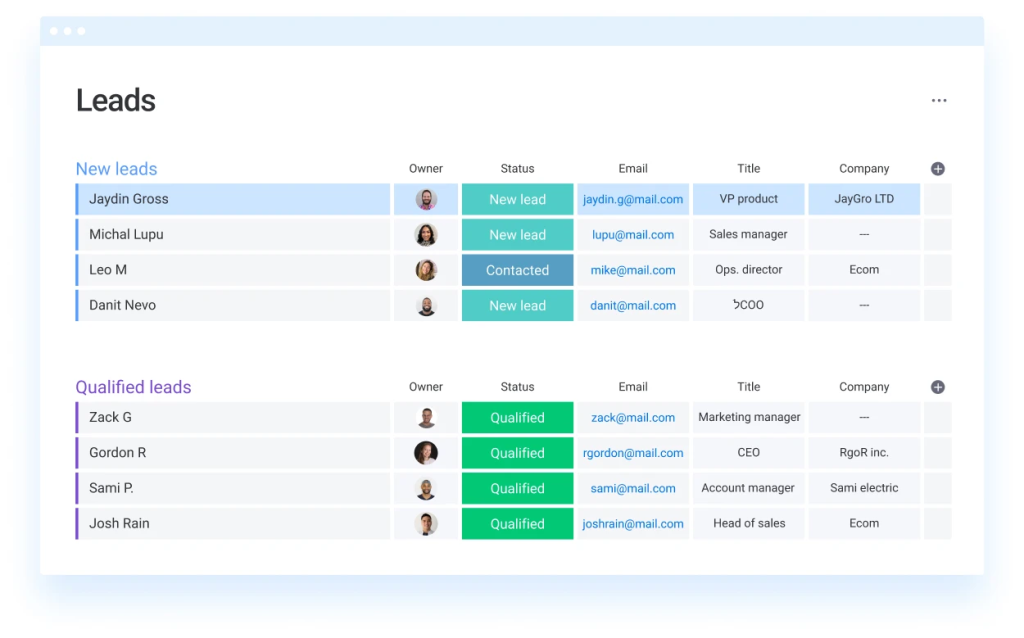
Search Intent Types and Their Impact on Your Content Strategy
Search intent varies depending on what users are looking for, and understanding these differences is crucial for tailoring your content strategy. Let’s explore the different types of search intent and how they can shape and enhance your approach to content creation.
1. Navigational Intent
Navigational intent happens when users aim to find a specific website or webpage. This type of search shows that the user already knows exactly what they need and is using the search engine to get there quickly.
These searches are highly focused and often include specific product or brand names. For instance, typing “Facebook” into a search engine means users want to go directly to the platform’s website.
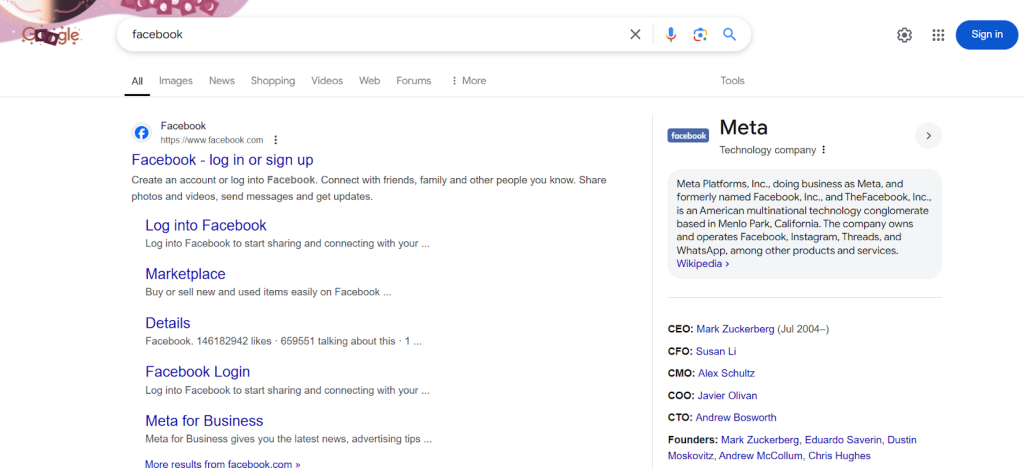
Since navigational searches are so precise, brand websites and social media profiles often dominate the search results, taking up most of the space on the results page. As a result, these links tend to receive the majority of clicks.
To capture this intent, you should ensure that your website appears prominently when users search for your company’s name or related terms.
2. Informational Intent
Informational searches are one of the most common ways people use search engines. These queries are primarily focused on gaining knowledge about a specific topic or subject. They usually occur during the early stages of exploring or learning something new.
These searches often begin with question words like “who”, “what”, “when”, or “how” and may include terms such as “guide” or “tips”. For instance, a user searching for “what is a digital camera” on Google is seeking accurate information.
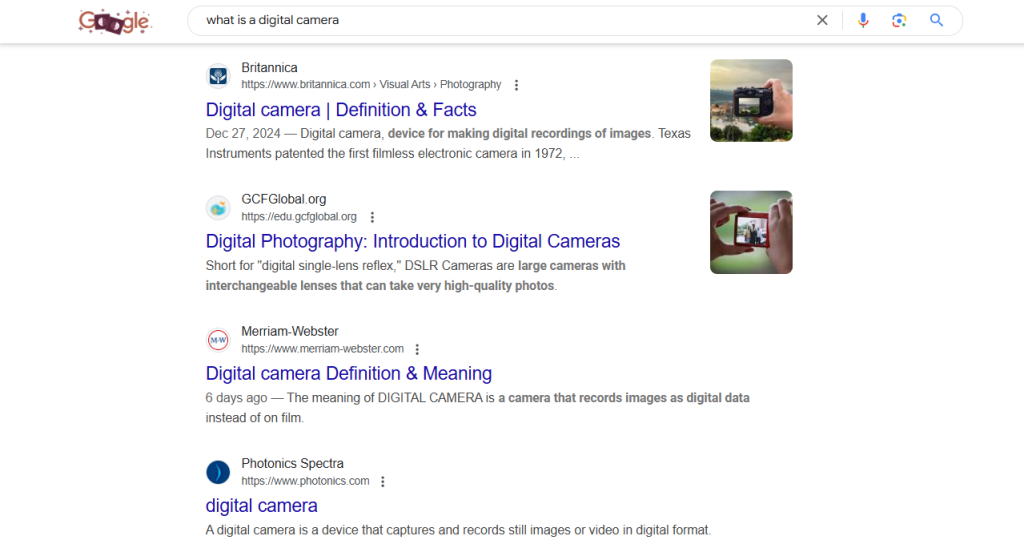
This type of intent reflects a desire to find reliable content that helps the user understand a topic. The focus is on delivering educational value rather than encouraging an immediate purchase or action. Content designed for informational searches should be simple to read and structured in a way that makes key details easy to find at a glance.
3. Transactional Intent
When users aim to take a specific action, such as purchasing a product, signing up for a service, or downloading a file, they are having transactional intent. This type of search shows that the user is ready to make a decision and is actively looking to complete the process.
Users with transactional intent aren’t just browsing but they’re searching with a purpose. They’re looking for deals, nearby stores, or the ideal product that fits their requirements.
Searches often include action words like “buy”, “subscribe”, “for sale”, “discount”, or “near me”. For example, someone searching for “discount flights to Bali” or “pickup truck for sale” is focused on finding the best option to meet their budget.
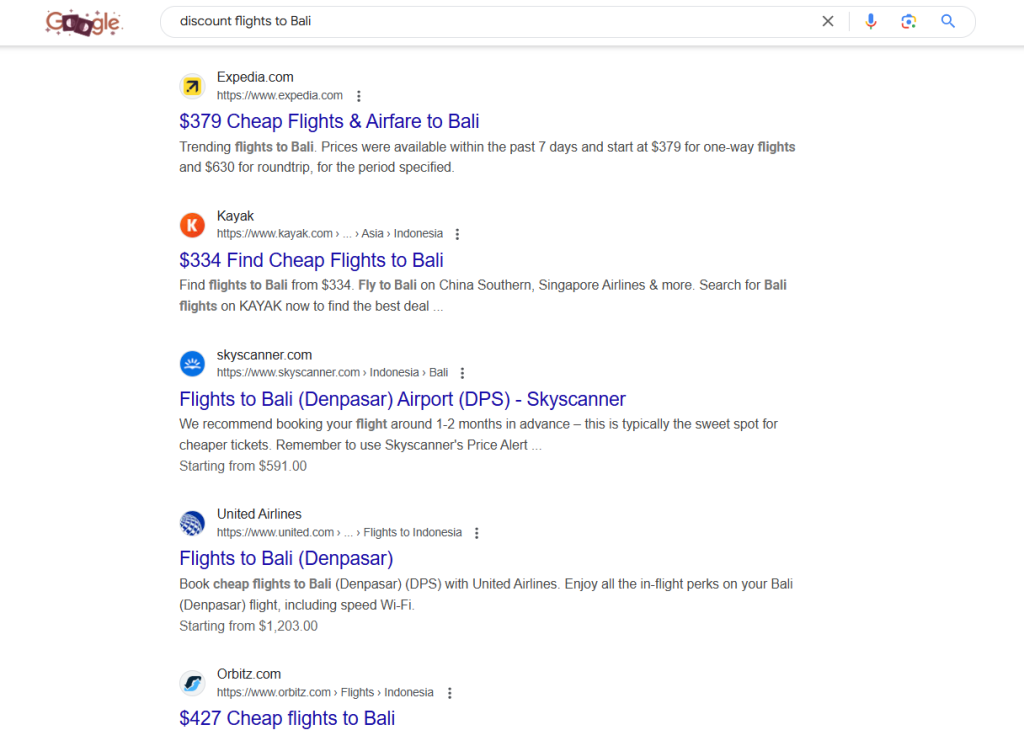
4. Commercial Intent
Many users are looking for information to make an informed purchase decision. They aren’t ready to buy, but they’re window shopping. In other words, these people also have transactional intent but need more time and convincing information. These types of search intents are called commercial intent.
Searches with commercial intent involve comparing options, reading reviews, and seeking recommendations to help make a smart choice. A commercial intent search might be “Canon Camera review”. A transactional search would be “buy Canon EOS Rebel T7i”. An informational search would be “how to use a DSLR camera”.
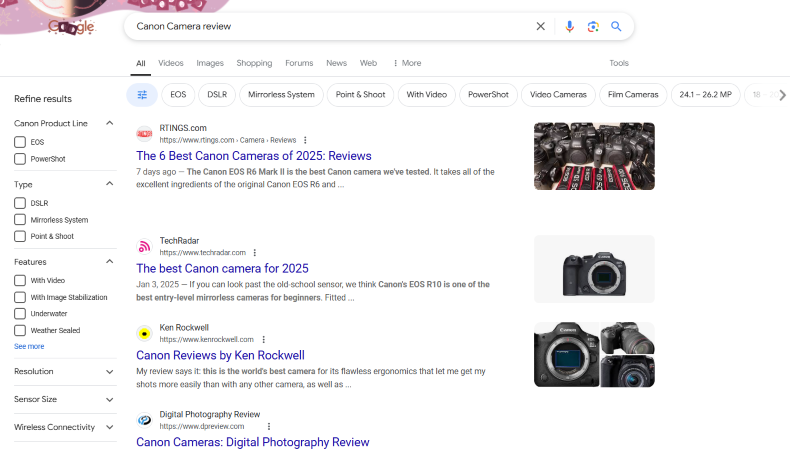
How to Determine Keyword Search Intent?
Determining keyword search intent is essential for creating content that drives engagement. Here’s how you can effectively identify search intent to optimize your keyword strategy and boost your campaign’s success.
1. Analyze Keyword Modifiers
Search queries often contain both main keywords and keyword modifiers. are the words or phrases that surround your core keyword. They act as clues about the user’s underlying intent.
For example, in the search “what is a data center?”, the core keyword is “data center”, while the word “what” is a modifier.
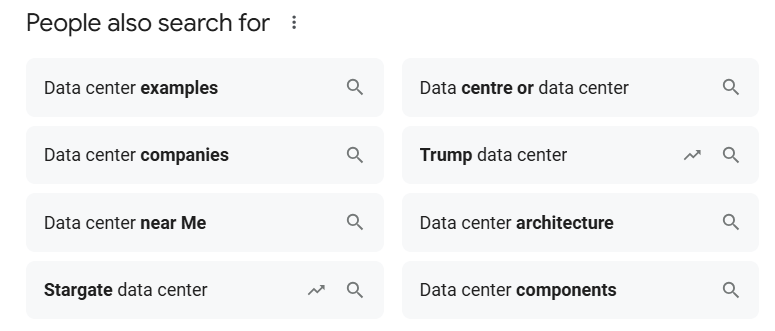
By examining these modifiers closely, you can uncover the intent behind a search. Here’s how different types of modifiers work:
- Informational keywords: These modifiers indicate that the user is seeking knowledge or guidance. They often include question words and “how” as well as terms like “examples”, “tips”, “guide”, “resource” or “ideas”.
- Transactional keywords: Users with these queries are ready to act, often intending to make a purchase. Words like “buy”, “purchase”, “price”, “order”, “discount”, and “sale” point to transactional intent. Examples include “buy running shoes online”, “order pizza delivery”, or “discount on laptops”.
- Commercial keywords: These keywords suggest that the user is exploring options and making comparisons. Words such as “review”, comparison”, “best”, or “top” are common indicators. Pairing a general product with specific features, like “blue leather boots” or “biggest coffee maker,” also signals commercial intent.
2. Use Keyword Research Tools
Although manually analyzing keywords can be useful, PPC tools like Google Keyword Planner, Google Search Console, Ahrefs and SEMrush offer extensive data to help you better understand search intent on a larger scale.
These tools can provide insights into the search volume of a keyword and how competitive it is, helping you gauge its value. You can also generate lists of related keywords, questions, and long-tail variations, which help you uncover less obvious variations of search intent.
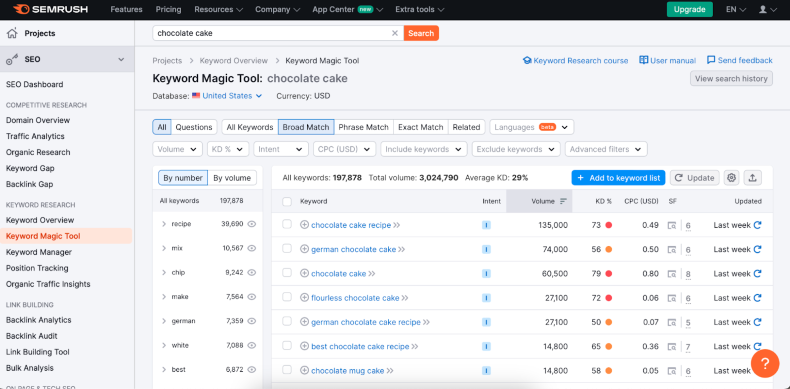
3. Calculate Through SERP Features
Search engines create search engine results pages (SERPs) to cater to the search intent. Like when the user performs the information types of searches, the search engines tend to display a snippet at the top of the page, above the regular rankings.
Studying the characteristics of organized SERPs for specific keywords could help in understanding how search engines interpret search intents:
- Transactional: When search engines detect a transactional intention, they will usually put ads and shopping links on top. For searches like “buy running shoes”, the SERP might display shopping ads, product carousels, and links to e-commerce sites.
- Navigational: When search engines identify navigational intent, SERPs typically lead with the relevant site links.
- Informational: If the search engine identifies informational intent, SERPs may lead with knowledge cards, featured snippets, or recommendations for other questions. A query like “what is crossfit” might trigger a knowledge overview or “People also ask” section, offering a quick explanation and related questions.
- Commercial: If the search engine identifies commercial intent, SERPs may lead with featured snippets and ads.
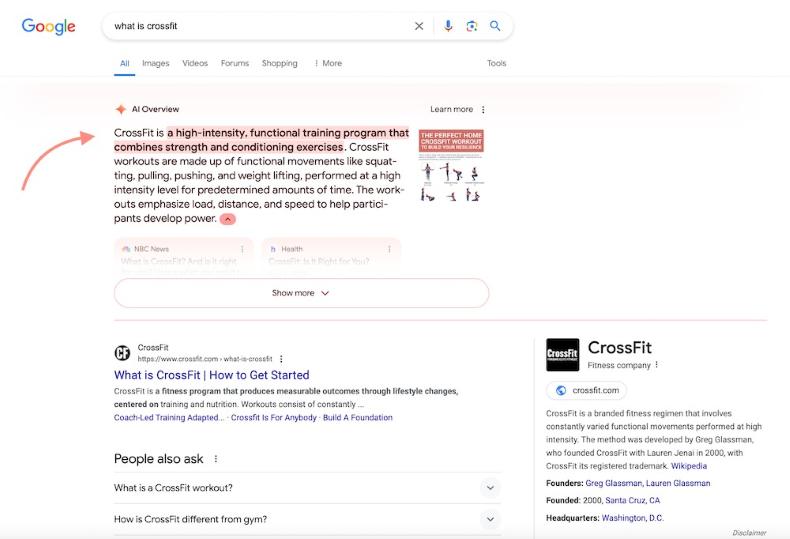
4. Utilize Audience Research
While the earlier methods offer useful insights, audience research provides a more precise way to understand search intent. Start by analyzing the keywords that are already driving traffic to your site.
For example, if your website attracts traffic through keywords like “best running shoes for beginners”, analyzing these visitors’ behavior such as how long they stay on the page or how many times they click on product links can indicate whether they are in the research or purchasing stage.

Additionally, study your competitors’ content. Look at the topics they focus on and how they engage their audience.
For instance, if a competitor ranks high for “running shoe comparison 2025”, examine the type of content they provide, such as detailed reviews or side-by-side comparisons. This analysis can help you identify gaps in your own strategy and better serve your audience’s intent.
How to Optimize Your Content for Search Intent?
To truly connect with your audience, you need to optimize your content based on their search intent. Here’s how to align your content with search intent to increase visibility and drive more targeted traffic!
1. Research Your Audience’s Needs
Before you start creating content, you must have a clear understanding of your target audience, like:
- What problems are they facing?
- Do they have any questions?
- What solutions are they looking for?
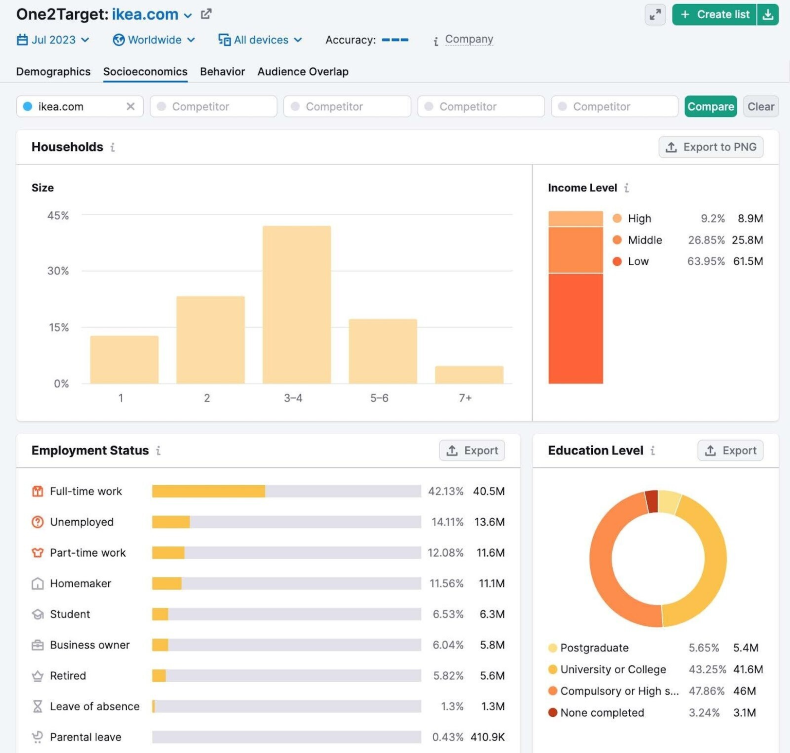
Here’s how you can conduct effective audience research:
- Create Buyer Personas: Develop profiles of your ideal customers. These should include their demographics, interests, goals, and motivations.
- Engage with Your Audience: Connect with your audience through social media, surveys, and feedback forms. Ask them what information they need and what challenges they are facing.
- Analyze Website Data: Use tools like Google Analytics to see keywords bringing traffic to your site. Pay attention to how users engage with your content and identify any content gaps.
- Monitor Online Communities: Check out discussions in forums and online groups related to your industry. Take note of the questions and concerns people are raising.
- Do PPC Keyword Research: Use PPC keyword research tools to find relevant keywords and examine the content that ranks for them. This will give you a better understanding of the intent behind those searches.
2. Research The Competition
Understanding your competitors is key in optimizing your content for search intent. By reviewing their approaches, you can uncover opportunities to stand out.
You should take note of how their pages are structured, what topics they cover, the tone they use, and, most importantly, what they may be missing. These gaps could be your opportunity to outperform them in search rankings.
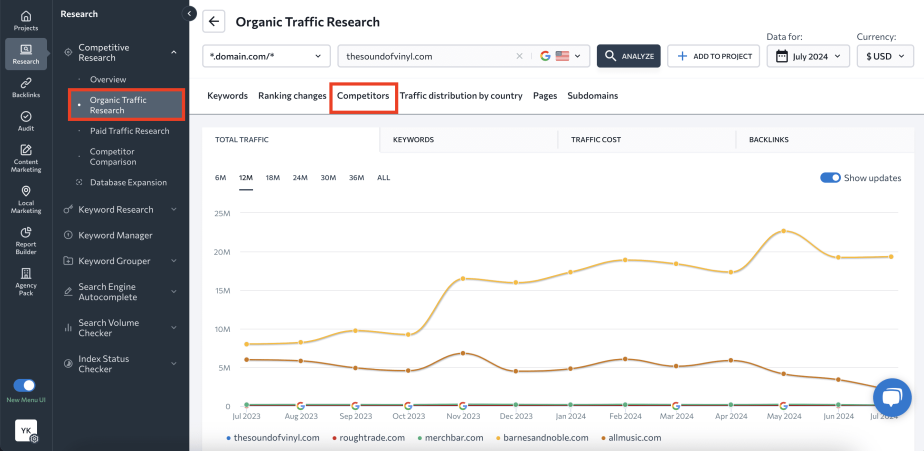
Examine the highest-ranking pages for your target keywords. Focus on aspects like page formatting, tone, keywords, backlinks, and the angle they take. You can then replicate what works and improve upon it by addressing gaps in their content and offering more detailed or relevant answers.
>>> Read more: 8 Best Ways to Do Google Ads Competitor Analysis in 2025
3. Align Your Content With ‘3Cs’ Of Search Intent
The “3Cs” – content type, content format, and content angle – are important factors that help you understand search intent and optimize your content. These elements help you create content that aligns with users’ search intent.
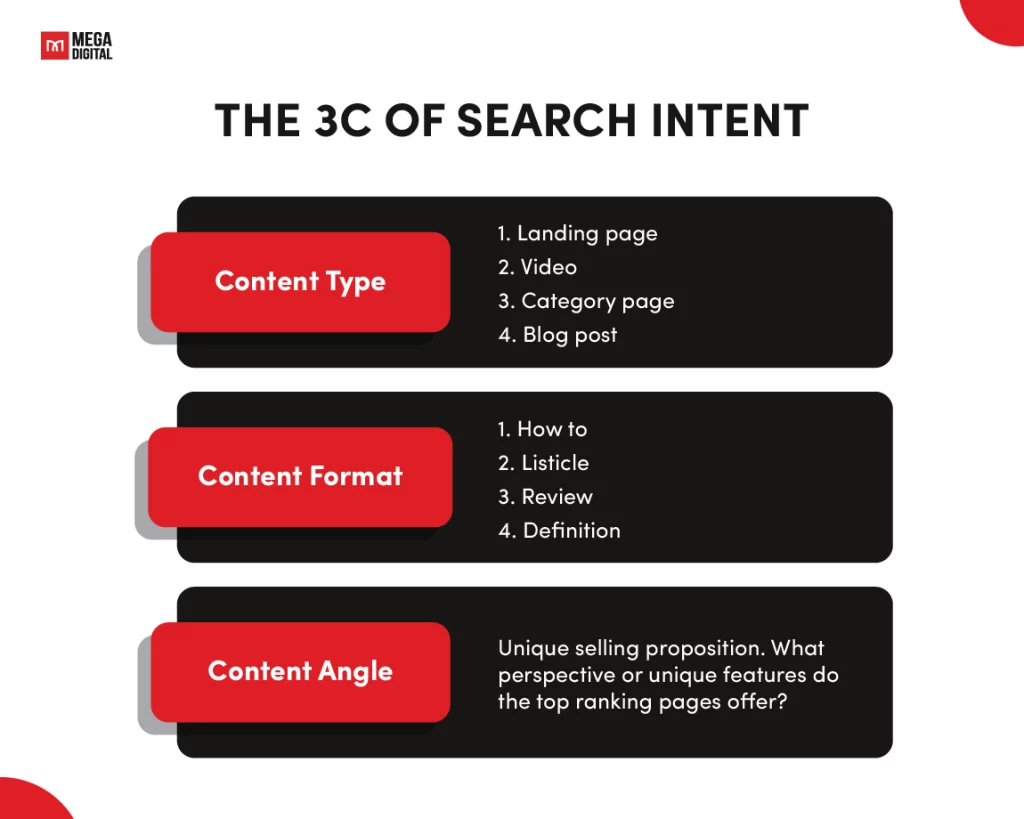
Content Type
This factor is what appears in the SERP, such as blog posts, landing pages, guides, or videos.
For instance, if you’re targeting a keyword like “best running shoes”, you might notice that landing pages and guides dominate the search results. This means the content type focuses on product recommendations
Content Format
The factor refers to a specific structure of the content, like tutorials, reviews, comparisons, or lists, found on the top-ranking pages for your target keyword.
If most of the top-ranking pages for your keyword are structured as “top 10 lists” or “reviews”, it’s a sign that users prefer this format to make decisions.
Content Angle
Content Angle focuses on the unique approach or key message that top-ranking pages emphasize. This reveals what users find most valuable when searching for that specific query.
For example, if search results for “best budget smartphones” emphasize affordability and value for money, you should focus your content on how your product offers the most cost-effective options.
4. Optimize Title Tags And Meta Descriptions
When users search online, they will see titles and meta descriptions first in the search results. The title tag is the clickable blue text displayed in search results, while the meta description is a brief summary of the page content.
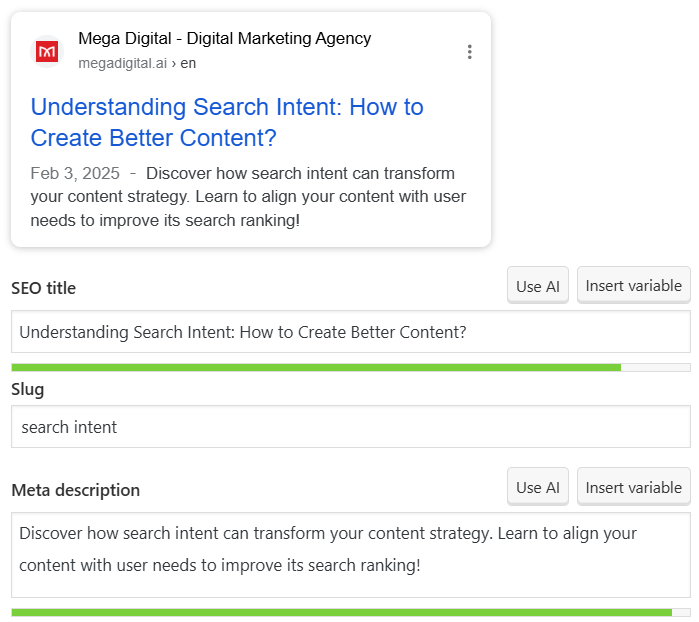
To make sure these elements attract clicks, observe the titles and descriptions used by top-ranking pages. For example, the top pages ranking for “how to optimize websites” often highlight numbers in their titles like “41 tips to optimize websites” and mention specific tips in their meta descriptions.
Here are some practices for optimizing your title tags and meta descriptions:
- Keep titles under 60 characters and meta descriptions under 160 characters to avoid them being cut off.
- Place your main keyword toward the start.
- If it fits, include your brand name, numbers, or power words. These elements will make your title more specific and outstanding.
5. Address Mixed Intent
Sometimes, users can have multiple types of intent. For instance, when a user searches for “best laptops”, they may be looking for both a list of recommendations (commercial intent) and detailed reviews of specific models (transactional intent).
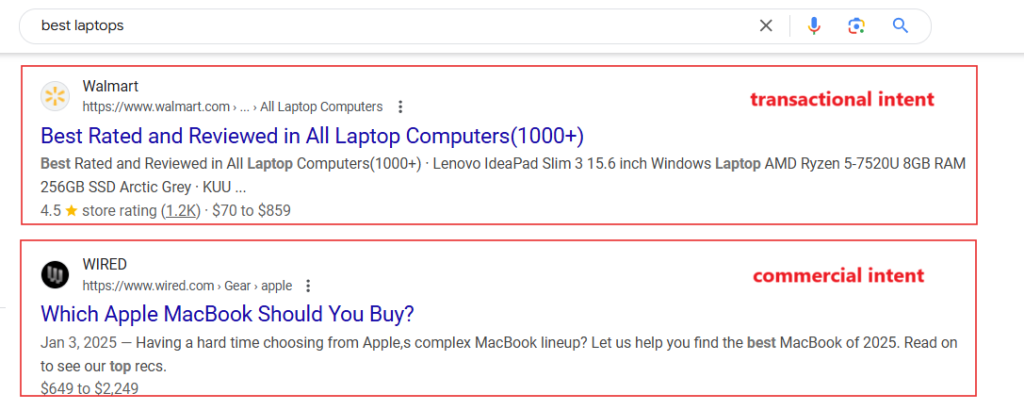
To handle mixed intent, you have to create content that covers all search aspects. Here’s how:
- Include clear headings and subheadings: For example, you might begin with a section titled “Understanding Dell Laptop Basics” and follow it with another section like “Top-Rated Dell Laptops for Beginners”, along with a comparison table.
- Add images: Show various laptop models, highlight their features, and depict people using them in real-life situations. You might also add an infographic comparing the key features of different laptops.
- Ensure your content is easy to scan: Use bullet points, numbered lists, and a table of contents at the top so users can quickly find the information they’re most interested in.
6. Refresh Existing Content
If you’ve already published content, it’s crucial to review it. You need to ensure that your existing content aligns with the user search intent.
Start by checking the keywords used in your content. Extract these keywords from your page and search for them on Google. As mentioned earlier, look at the top-ranking pages for those keywords.
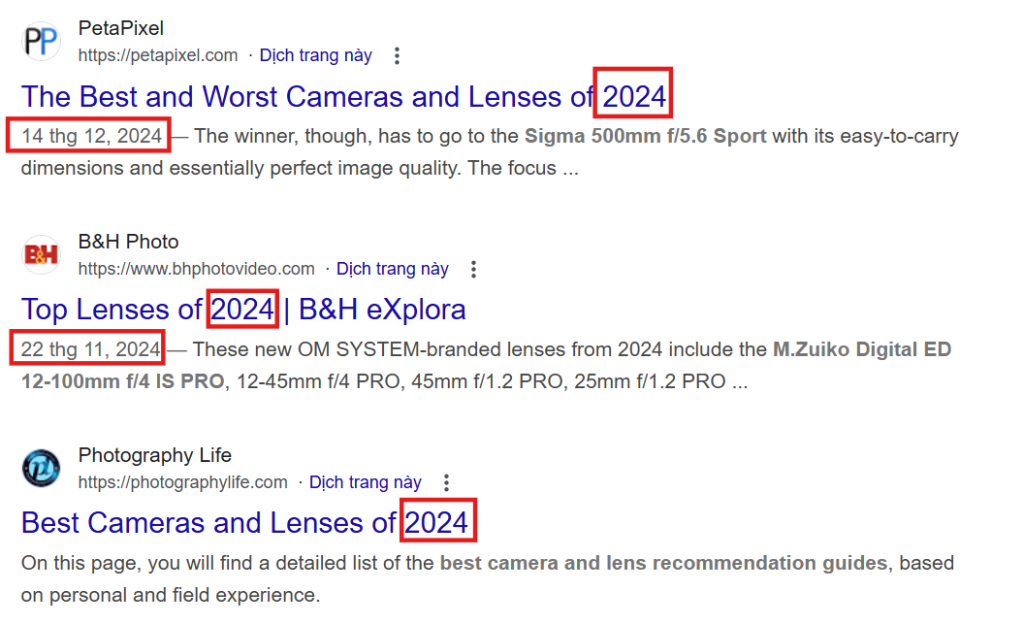
By analyzing the top results, you can assess how well your content matches the content that ranks highest. If your content doesn’t match up with the keywords, it may be necessary to update your keywords to better align with relevant search results.
Another option is to update the publishing time of your content. You can also rewrite it to ensure that it better matches the keywords and search intent, improving its chances of ranking higher.
Wrap Up
Understanding search intent is crucial for creating content that truly resonates with your audience and drives results. When you align your content with their needs, you’ll see better engagement, stronger SEO results, and ultimately, more success in your campaigns. Start optimizing today for better, more targeted content!






